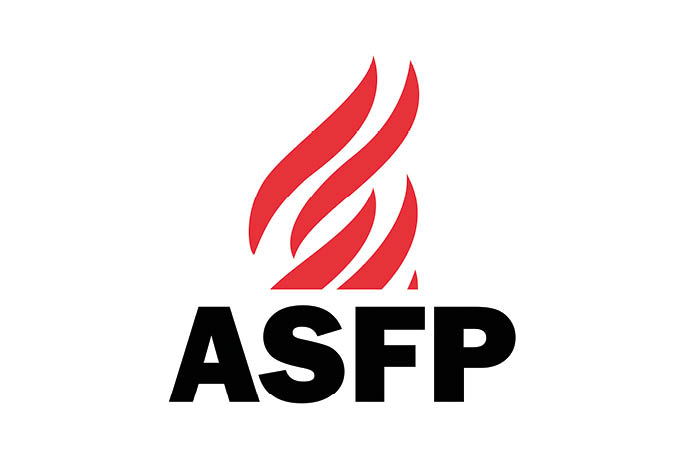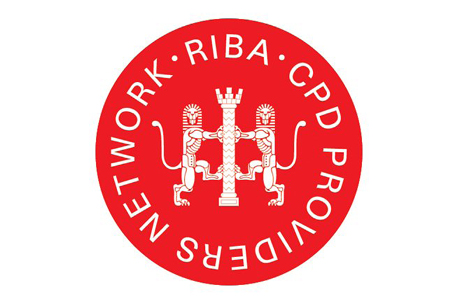Testing & Certifications
Here at Nullifire, we regularly conduct fire testing to ensure that our products meet the requirements of standards and are globally recognised.
Our passive fire protection products undergo initial validation assessments at our in-house facilities prior to undergoing rigorous independent 3rd party testing with leading UKAS test houses, resulting in the following accreditations.
BS EN 1366-3/4
The BSEN 1366-3 specifies a method of test for penetration seals to maintain the fire resistance of a separating element at the position at which it has been penetrated by a service (or services), through supporting constructions such as walls or floors. These simulate the interaction between the test specimen and the separating element into which the sealing system is to be installed in practice.
Penetration seals used to seal gaps around chimneys, air ventilation systems, fire rated ventilation ducts, fire rated service ducts, shafts and smoke extraction ducts as well as combined penetration seals are excluded from the EN 1366-3.
The purpose of a test described in this part of the EN 1366 series is to assess the integrity and insulation performance of:
- the penetration seal;
- the penetrating service (or services)
- the separating element in the surrounding area of the penetration seal.
--
The EN 1366-4 specifies a method of test for linear joints fire-resistant seals.
Linear joint seals are positioned in joints, voids, gaps or other discontinuities within one or between two or more construction elements. Normally such openings are denoted as linear because their length is greater than their width - defined by a typical ratio of at least 10:1 in practice.
The purpose of the tests in this European Standard is to assess:
- the effect of a linear joint seal on the integrity and insulation of the construction;
- the integrity and insulation performance of the linear joint seal;
- the effect of movement within the supporting construction on the fire performance of linear joint seals (optional)
BS476 Pt20, 21, 22, 25
BS476 is a globally accepted standard British Standard that is used to determine the performance of structural building elements in the event of a fire, including steel framed buildings. The standard instructs how this should be carried out on critical elements, such as loadbearing beams and columns, as well as required unloaded specimens needed to build sufficient data to allow meaningful analysis.
ASFP’s Yellow Book advises the minimum amount of data required to build an acceptable assessment of product performance as well as the governing principles used for the statistical analysis of the data, including a Criteria of Acceptability to ensure that a balanced approach is adopted rather than optimistic.
EN 13381
EN13381 is the European umbrella standard for the Fire Resistance of Structural Members which is growing in acceptance globally. Within this, specifically relating to intumescents are:
- Concrete filled hollow steel columns – Part 6
- Applied reactive protection to steel members – Part 8
- Cellular beam protection – Part 9
- Solid steel bars in tension – Part 10
EN13381-8 is the basic approval supporting commercial activity and is very similar to BS476 and ASFP Yellow Book governance of the absolute minimum requirements necessary to generate a product assessment that can be used commercially. However, it does go beyond the BS system in including
Nullifire, as part of Tremco CPG UK is an active participant in BSI standards, CEN working groups and member of the ASFP, NBS Source and RIBA CPD Providers Network.














